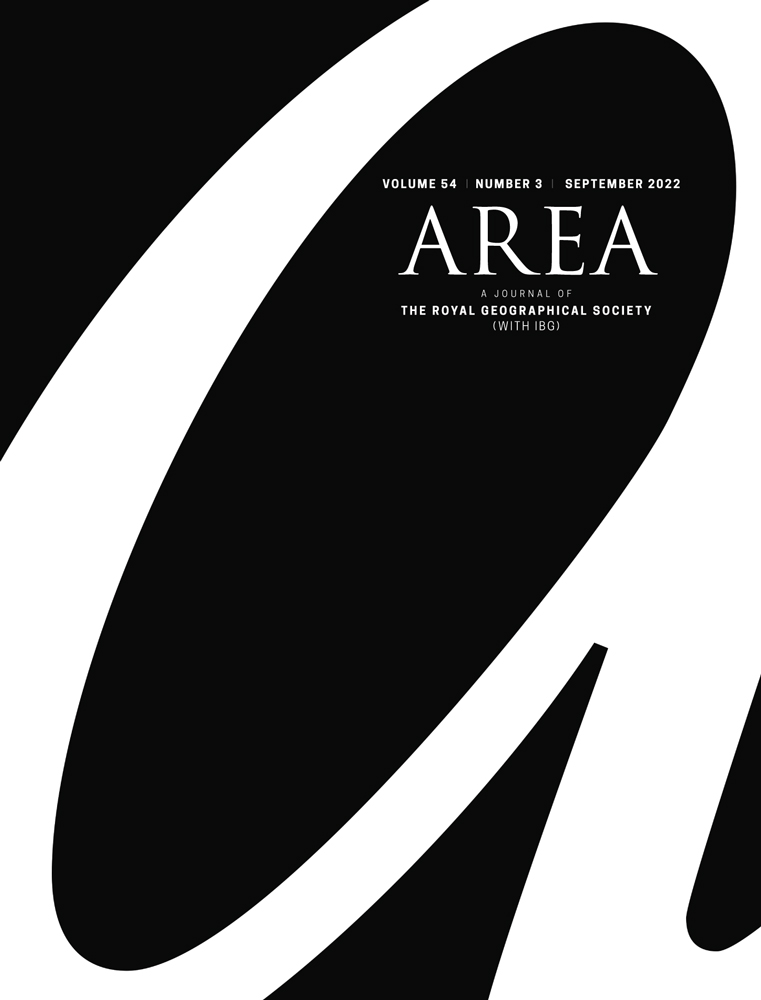This paper provides an overview of the research techniques that can be used for explorations in legal geography, highlighting the multiple instruments available in the legal geographer’s methodological toolkit. These diverse methods stem from a twofold shift away from the ‘ordinary’ research techniques of human geography. This shift has entailed first, the adaptation of traditional qualitative methods, such as ethnography or interviews, to research on subjects like judges, politicians, and other elite members; and second, the appropriation of methods prevailing in the field of law, such as doctrinal analysis. Against this background, the paper shows which research methods can be used to investigate the different subdomains of the law-space tangle (i.e., law-in-books, law-as-a-system-of-practices, and experiencing-the-law). Among these methods, special attention is paid to doctrinal analysis, which is usually distant from the typical training of geographers: its characteristics and the caution required in its use are emphasised, as are the tools that can make it more systematic and the specific contribution that a geographical approach can make to it. The paper also discusses the possibility of using quantitative techniques, which are currently approached with a certain scepticism, to carry out legal geographical analyses.
Download a copy of the paper!

